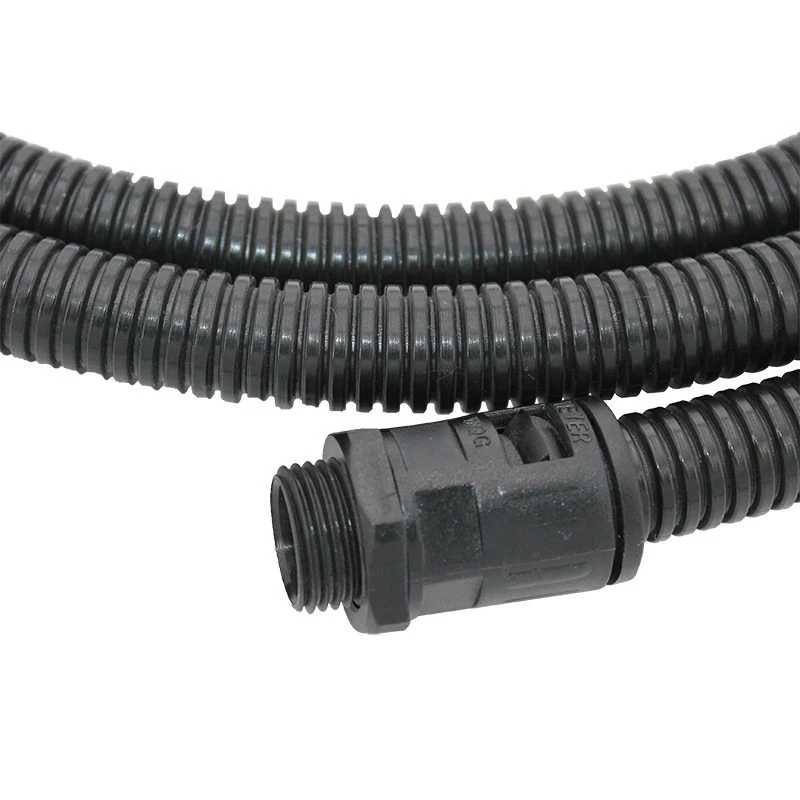Compact Cable Carrier Solutions for Efficient Cable Management in Tight Spaces
Understanding Small Cable Carriers A Guide to Efficient Cable Management
In the fast-evolving world of technology and infrastructure, efficient cable management is paramount. Small cable carriers—also known as cable chains or drag chains—have emerged as essential equipment designed to organize and protect cables in various applications, including robotics, machinery, and automation systems. This article delves into the significance of small cable carriers, their features, applications, and the benefits they provide.
What Are Small Cable Carriers?
Small cable carriers are flexible structures that house and guide multiple cables, wires, and hoses, preventing tangling and reducing wear during movement. Typically constructed from durable materials such as plastic or metal, these carriers consist of interconnected links that create a continuous chain-like structure. The design allows them to traverse along a predefined path, providing a robust solution for environments where cables undergo constant motion, such as in robotic machinery or automated assembly lines.
Features of Small Cable Carriers
One of the prominent features of small cable carriers is their modularity. Manufacturers offer various sizes, shapes, and configurations, allowing customization to fit specific applications. The carriers can accommodate different cable diameters and types, from electrical wires to pneumatic hoses.
Additionally, many small cable carriers feature a low-friction design that minimizes wear on the cables they contain. Some are even equipped with internal separators, which help organize the cables further and prevent them from rubbing against one another, thus enhancing the longevity of the entire system.
Applications of Small Cable Carriers
Small cable carriers are widely applicable across several industries. Here are some common areas where they are utilized
1. Robotics In robotic applications, small cable carriers effectively manage the extensive wiring required for sensors, actuators, and power supplies. The robotic arms and mobile units require optimal flexibility and movement, and cable carriers facilitate this while protecting delicate cables.
2. Manufacturing and Automation Automated production lines benefit significantly from small cable carriers. They ensure that power, control, and data cables remain organized, allowing machines to operate without interference. This results in increased efficiency and reduced downtime due to cable-related issues.
small cable carrier

3. Material Handling Systems In environments such as warehouses and distribution centers, small cable carriers are used in conveyor systems and automated guided vehicles (AGVs). They help to maintain tidy control over the wiring, reducing the risk of entanglement and ensuring smooth operation.
4. Telecommunications In the telecom sector, small cable carriers allow for the organized routing of cables that deliver essential services to customers. They ensure that installation processes are streamlined and maintenance is simplified.
Benefits of Using Small Cable Carriers
Integrating small cable carriers into operations yields several benefits
- Enhanced Protection By containing cables within a protective carrier, the risk of damage from friction, abrasion, or environmental factors is significantly reduced. This not only extends the lifespan of the cables but also enhances overall safety.
- Improved Organization Small cable carriers promote efficient cable management, reducing clutter and confusion in workspaces. This organization minimizes the risk of accidents and enhances maintenance procedures, allowing for quicker repairs and replacements.
- Flexibility and Mobility The design of small cable carriers enables a wide range of movement, accommodating various machine motions. This flexibility is crucial in dynamic environments where equipment may frequently change position.
- Cost-Efficiency Investing in small cable carriers leads to cost savings over time by reducing the need for frequent cable replacements and minimizing downtime due to maintenance issues.
- Aesthetic Appeal In addition to functionality, small cable carriers contribute to a cleaner and more professional appearance in installation setups. Ensuring that cables are neatly organized enhances the overall look of any workspace.
Conclusion
As industries continue to rely on automation and advanced technologies, the importance of effective cable management cannot be overstated. Small cable carriers offer a practical and efficient solution to the challenges posed by managing multiple cables in dynamic environments. With their protective features, adaptability, and various applications, these systems not only streamline operations but also contribute to enhanced safety and efficiency. Investing in small cable carriers is a wise decision for businesses seeking to optimize their infrastructure and maintain a competitive edge in today's fast-paced market.








